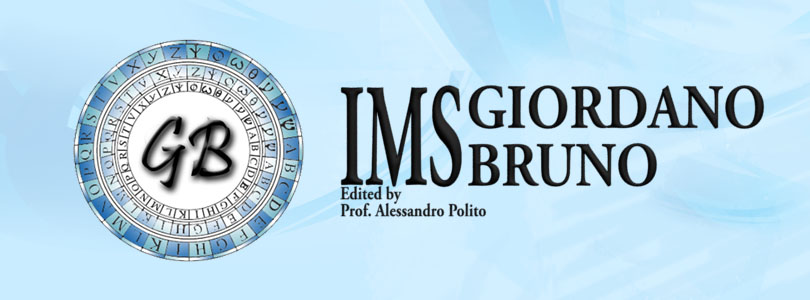BEETLECREEK AND THE HOPE FOR A BETTER WORLD...PCTO ITALY READS, JOHN CABOT UNIVERSITY

This project started from the book ‘Beetlecreek’ by William Demby, a very engaging book focused on the theme of racism. How did we interpret the book?
We followed three interviews with two professors and Demby's son himself, thanks to which we students eventually wrote a newsletter focused on these themes.
The PCTO with John Cabot University (Italy Reads) was carried out entirely in English and we divided into groups to work. In my group we proposed a newsletter focused on how art, music and culture can change the world and fight against injustice; we spoke and connected to other subjects thanks to past and modern artists.
This PCTO has given me the opportunity to stop and reflect on an issue I had never dealt with before: racism.
Our fifth AS class attended the three interviews with Melanie Masterton Sherazi, Jim Hall and James Demby. Their speeches started from the book ‘Beetlecreek’. Discrimination has always been a problem, in the past more than ever, and even nowadays it’s not nearly gone. With the phenomenon of colonisation many African people emigrated to
Unfortunately the world is wide and people are not always as good as they claim to be. In fact, behind good words and kind faces they often hide some kind of wickedness. But at this point the question is why, where does it come from, and how can we fight against this evil monster also known as racism?
Thanks to the interviews we were able to learn the importance that art has in this long process towards peace.
In fact we may say that art is a form of peace, it teaches us how to be better and it fights ignorance, which is the worst of all evils.
We, as young generation, have a purpose, that is to get educated in all possible forms, through school but also through life, so that we’re able to think with our own mind and stop racism.
A NEW WORLD
We talk about human rights, we mean those rights recognized to man simply based on his belonging to humanity. Although the idea of human rights dates back to ancient time (even the Declaration of Independence of the United States of 1776 recognized certain unalienable rights, which are life, liberty, and the pursuit of happiness), those rights were only for white and rich people; so the modern concept of human rights only emerged after the Second World War with the adoption of the Universal Declaration Of Human Rights in 1948 by the United Nations. Today despite almost all modern societies are inclusive, a lot of goals of the 2030 Agenda are concerned with the fight against inequalities: as gender inequalities but also poverty or hunger. There are a lot of agencies against the violation of those fundamental rights, for sure one of the most important is Amnesty International, that received the Nobel Peace Prize in 1977 for its work of “defending human dignity against torture, violence and degradation”. There are other important companies as the “sister” agencies like the World Food Program (WFP), the United Nations Children’s Fund (UNICEF) or the World Health Organization (WHO). Respect for human rights and fundamental freedoms is a common value, shared by all Member States of European Union. Pursuant to Article 6 of the EU Treaty: “The Union respects fundamental rights as guaranteed by the European Convention for the Protection of Human Rights and Fundamental Freedoms, signed in Rome on the 4 th November 1950, and which are the common constitutional traditions of the Member States, as general principles of Community law”.
Obviously, as we can still see today, one of the biggest victims of discrimination is the black community, but Demby, even though he belonged to it too, was able to go beyond it and look at racism in its wholeness.
Racism exists where there is ignorance and fear, because we are scared by what we don’t know and Demby knew it; in fact, the main character of his book, Bill Trap, is afraid of his village because they don’t know him: as soon as Johnny Johnson gets the chance to meet him, the boy understands he’s not dangerous but he’s just a man.
I think this was Demby’s purpose, to make people understand that we’re all humans and for this reason we’re all the same. In my opinion the work that has been done through this project, has helped to continue the spreading of his thoughts and ideals.
I hope the message arrived also to my classmates and to everyone who joined this PCTO and read this report, because racism is something that still lives among us in different shapes and our duty is to recognise and stop it.
Also the death of George Floyd in America demonstrates that racism is still a current problem and therefore it is important to know the past and the difficult life of the discriminated people to avoid such problems in the future.
Written by the students of the 5AS, Giordano Bruno.
| Permalink: Beetlecreek and the hope for a better world | Data di pubblicazione: 08/04/2022 |
| Tag: Beetlecreek and the hope for a better world | Data ultima modifica: 20/04/2022 17:13:09 |
| Visualizzazioni: 701 | |
| Top news: No | Primo piano: No |
| Feed RSS | Stampa la pagina |










